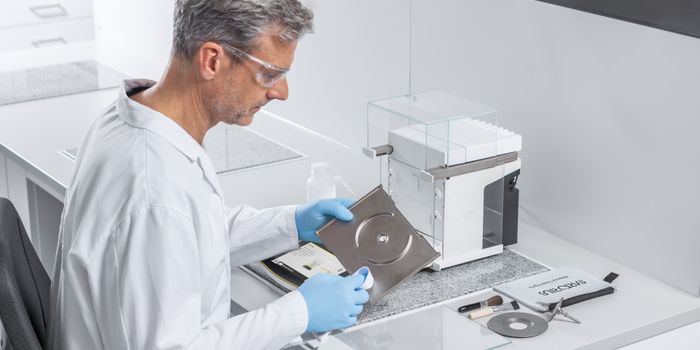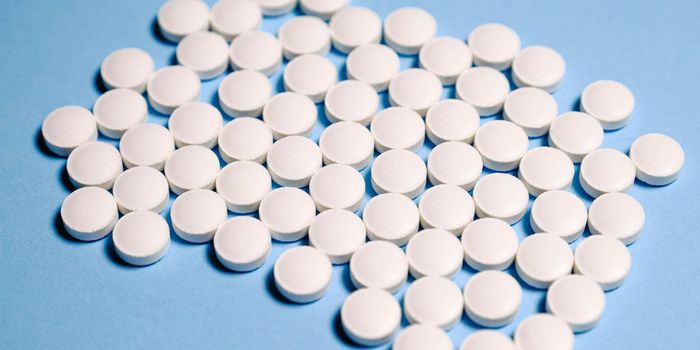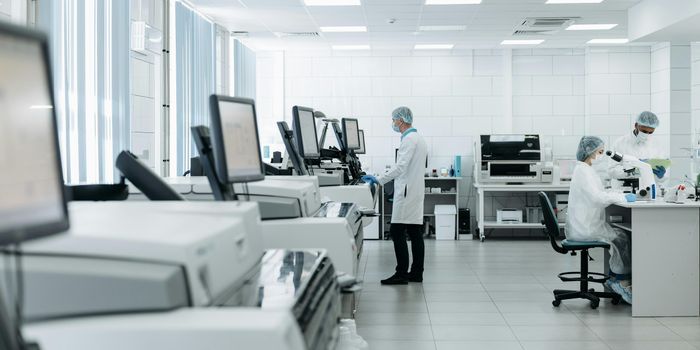The Stages of Drug Development
The process of drug development can lengthy and complex, with multiple stages and regulatory requirements to be met. In the United States, the Food and Drug Administration (FDA) is responsible for overseeing and regulating the development of new drugs. Here, we will explore the stages of drug development, including preclinical trials and phase 1-4 clinical trials, and the role of regulatory agencies in ensuring the safety and efficacy of new drugs.
Learn more about the breakdown of clinical trials in video form, here:
Preclinical trials are the first stage of drug development, and they involve testing new drugs on animals or in vitro models to evaluate their safety and effectiveness. These trials can last several years and involve extensive testing to determine potential side effects and toxicity levels. Preclinical trials are not subject to regulatory approval, but the results of these trials are submitted to the FDA for review before moving on to the next stage of development.
After identifying a drug target, developing a drug, and conducting preclinical trials, a sponsor (such as a pharmaceutical company or academics) must submit an Investigational New Drug (IND) application to the FDA. An IND is a request for authorization to administer an investigational drug or biological product to humans. The IND application must include data from preclinical studies that demonstrate the safety and efficacy of the drug, as well as the proposed protocol for clinical trials.
Once a drug has successfully completed preclinical trials, it can move on to a phase 1 clinical trial. These trials involve testing the drug on a small group of healthy volunteers to determine the safety and pharmacokinetics of the drug. The primary goal of phase 1 trials is to establish a safe dose range for the drug and to identify any potential side effects. Phase 1 trials typically last several months, and their results are submitted to the FDA for review before moving on to the next stage.
Phase 2 clinical trials involve testing the drug on a larger group of patients to determine its effectiveness and safety in treating specific medical conditions. The main transition from Phase 1 to Phase 2 is that in Phase 2, testing is done on patients with the specific medical conditions, whereas Phase 1 testing is done on healthy volunteers. Phase 2 trials can last several years and involve hundreds of patients. The primary goal of phase 2 trials is to evaluate the drug's efficacy and to identify any potential side effects. Phase 2 trials are also used to determine the optimal dosing regimen for the drug. The results of phase 2 trials are submitted to the FDA for review before moving on to the next stage.
After potential dosing regimen and preliminary adverse events have been recorded and published, Phase 3 trials start. Phase 3 clinical trials involve testing the drug on an even larger group of patients to confirm its efficacy and safety. These trials can involve thousands of patients and can last several years. The primary goal of phase 3 trials is to demonstrate the effectiveness of the drug in treating specific medical conditions and to identify any rare or serious side effects. The results of phase 3 trials are submitted to the FDA for review before moving on to the final stage of development.
Phase 4 clinical trials, also known as post-marketing surveillance, are conducted after the drug has been approved by the FDA and is available on the market. These trials are used to monitor the long-term safety and effectiveness of the drug and to identify any rare or serious side effects that may not have been identified during earlier stages of development. Phase 4 trials can last several years and involve thousands of patients. There are technically Phase 4 clinical trials for all drugs, since serious adverse event reporting is mandatory for pharmaceutical companies whose drugs are on the market.
In conclusion, drug development is a complex process that involves multiple stages of testing and evaluation. Preclinical trials and phase 1-4 clinical trials are used to evaluate the safety and efficacy of new drugs, and regulatory agencies such as the FDA play a crucial role in ensuring the safety and effectiveness of these drugs. With careful testing and regulatory oversight, new drugs can be developed and brought to market to improve the health and well-being of patients around the world.
References
https://www.fda.gov/patients/drug-development-process/step-1-discovery-and-development
https://www.fda.gov/patients/drug-development-process/step-2-preclinical-research
https://www.fda.gov/patients/drug-development-process/step-3-clinical-research
https://www.fda.gov/patients/drug-development-process/step-4-fda-drug-review
https://www.fda.gov/patients/drug-development-process/step-5-fda-post-market-drug-safety-monitoring








